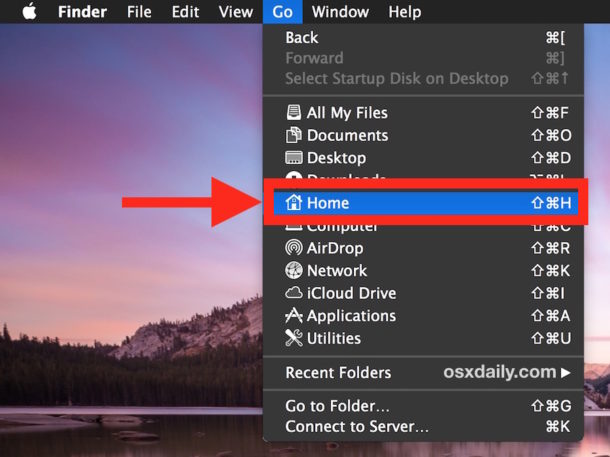

- #Apple toolbar missing pdf#
- #Apple toolbar missing install#
- #Apple toolbar missing download#
- #Apple toolbar missing windows#
#Apple toolbar missing windows#
When a program on the Dock is open, this command says Show All Windows when it’s not running, it says Show Recents. The Window menu at the top of the Finder screen does the same thing, but the Dock is available no matter what program you’re using. Its shortcut menu lists all open desktop windows. The Finder tile that’s always at the beginning of the Dock is, in effect, its own Window menu. (You can see the effect in Figure 4-6.) The top group lists files you’ve recently opened in that program the next batch lists currently open documents. In certain Apple showcase programs like TextEdit and the iWork suite, there are actually two lists of documents, separated by a horizontal line. A diamond symbol means the window is minimized and therefore not visible on the screen at the moment.) (The checkmark indicates the frontmost window, even if the entire program is in the background. You can use Word’s Dock icon as a Window menu to pull forward one particular chapter or (if it’s been minimized) to pull it up-even if a different program is in front of Word. This useful feature means you can jump directly not only to a certain program but also to a certain open window in that program.įor example, suppose you’ve been using Word to edit three different chapters. The secret Dock menu of a running program usually lists one or more tiny, neatly labeled window icons, like those shown in Figure 4-6. But if you’ve clicked any other kind of icon, you get some very useful hidden commands. If you’ve clicked a minimized window icon, this shortcut menu says only Open (and possibly also Close).


This one lists a bunch of useful Dock commands. Right: Right-click or two-finger click the divider bar to open a different hidden menu. In certain recent Apple programs, the top half of the menu lists recently opened documents, followed by currently open ones. Left: Right-click or two-finger click a Dock icon to open the secret menu. It’s handy to know where to find your downloads-and nice not to have them all cluttering your desktop.įigure 4-6. Unless you intervene, they’re sorted by the date you downloaded them.
#Apple toolbar missing download#
The Downloads folder collects all kinds of online arrivals: files you download from the web using Safari, files you receive in a Messages file-transfer session, file attachments you get via Mail, files sent to you using AirDrop ( “AirDrop”), and so on. But you may well do most of your interacting with them on the Dock.) (Both of these folders are physically inside your Home folder.
#Apple toolbar missing install#
When you install macOS, you get a couple of starter Dock folders, just to get you psyched. From the shortcut menu, in the “Display as” section, choose either Folder (which looks like a folder forever) or Stack (which changes to reflect its contents). Right-click or two-finger click the Dock folder. You can’t get to know a folder by its icon.įortunately, this problem is easy to fix.
#Apple toolbar missing pdf#
Your Downloads folder might look like an Excel spreadsheet icon today, a PDF file tonight, and a photo icon tomorrow-but never a folder. When you add a folder or disk icon to the Dock, you might notice something disorienting: Its icon keeps changing to resemble whatever you most recently put into it. Here’s the advanced course:Įver-Changing Folder-Icon Syndrome (ECFIS). Those were the basics of pop-up Dock folders. This section explains everything you need to know. You can customize the thing to within an inch of its life, use it to control and manipulate windows in elaborate ways, or even get rid of it completely. (Choose System Preferences→Dock, and turn off “Show indicators for open applications.”)Īpple has made it as easy as possible to like the Dock. Only a tiny black dot beneath a program’s icon tells you that it’s open-and you can even hide that, if you want. You can have dozens of programs open at once.Īnd that’s why the Dock combines the launcher and status functions of a modern operating system. “Which programs are open” approaches unimportance in macOS, where sophisticated memory-management features make it hard to run out of memory. A program should appear when you click its icon, whether it’s open or not-just as on an iPhone or an iPad. In an ideal world, this distinction should be irrelevant. In macOS, Apple combined both functions into a single strip of icons called the Dock.Īpple’s thinking goes like this: Why must you know whether a program is already running? That’s the computer’s problem, not yours. The other kept track of which programs were open at the moment for easy switching, like the taskbar (Windows) or the Application menu (Mac OS 9). One listed unopened programs until you needed them, like the Start menu (Windows) or the Launcher (Mac OS 9).

For years, most operating systems maintained two lists of programs.


 0 kommentar(er)
0 kommentar(er)
